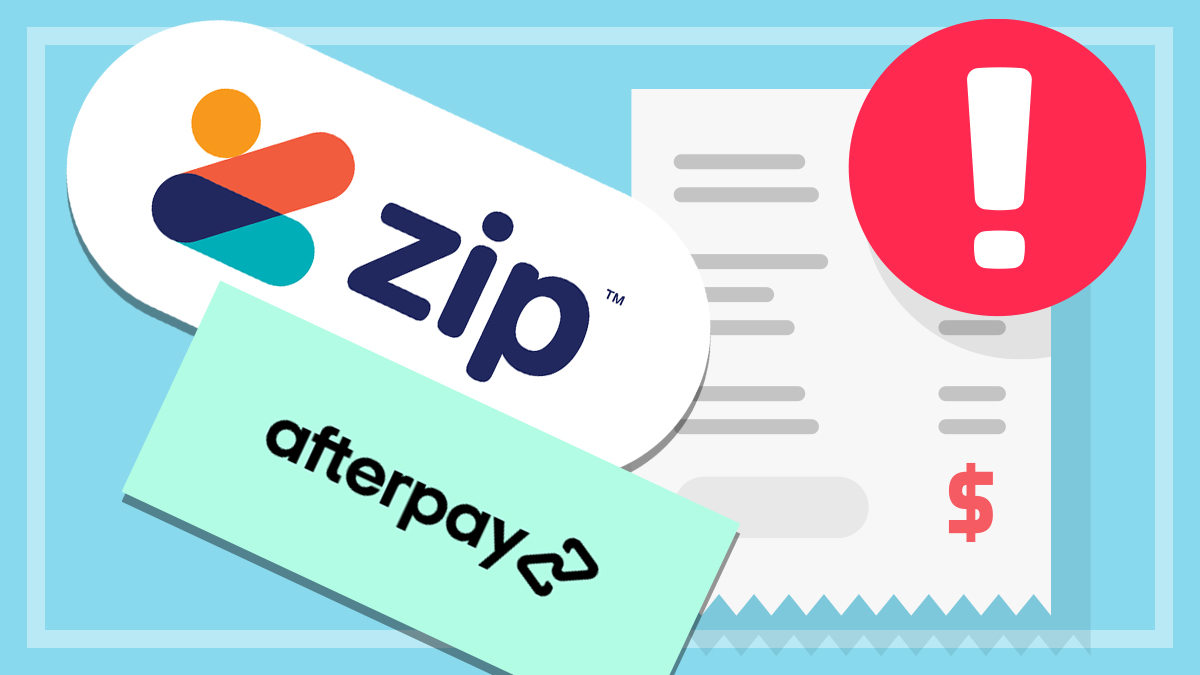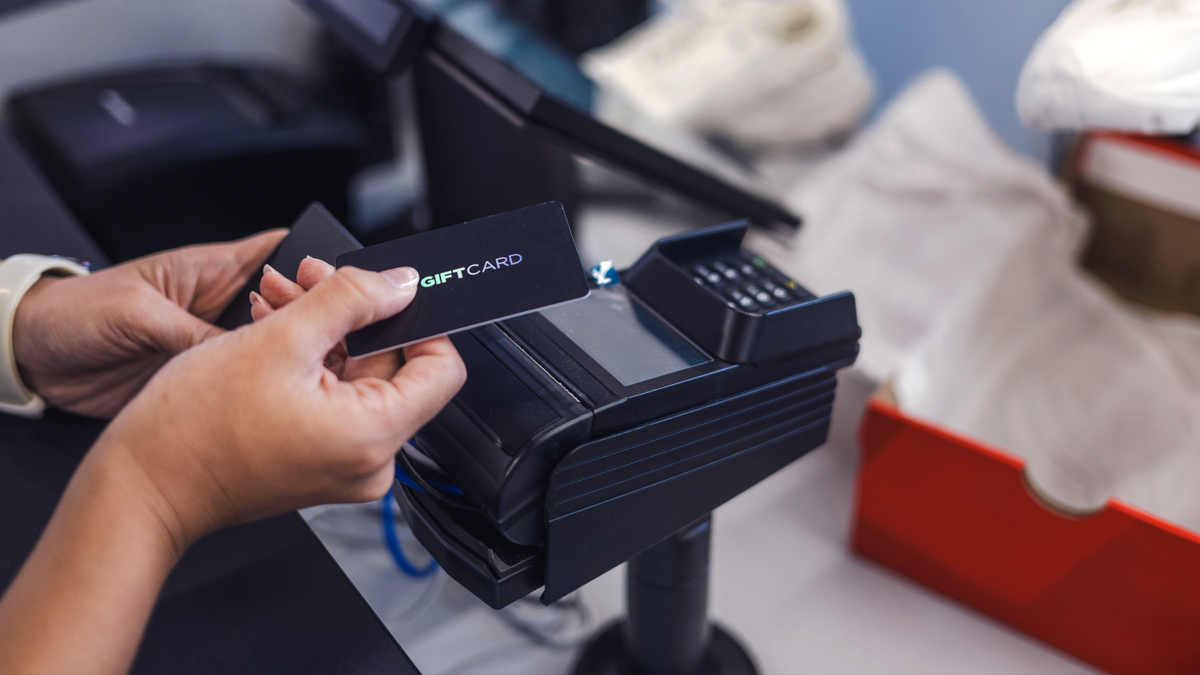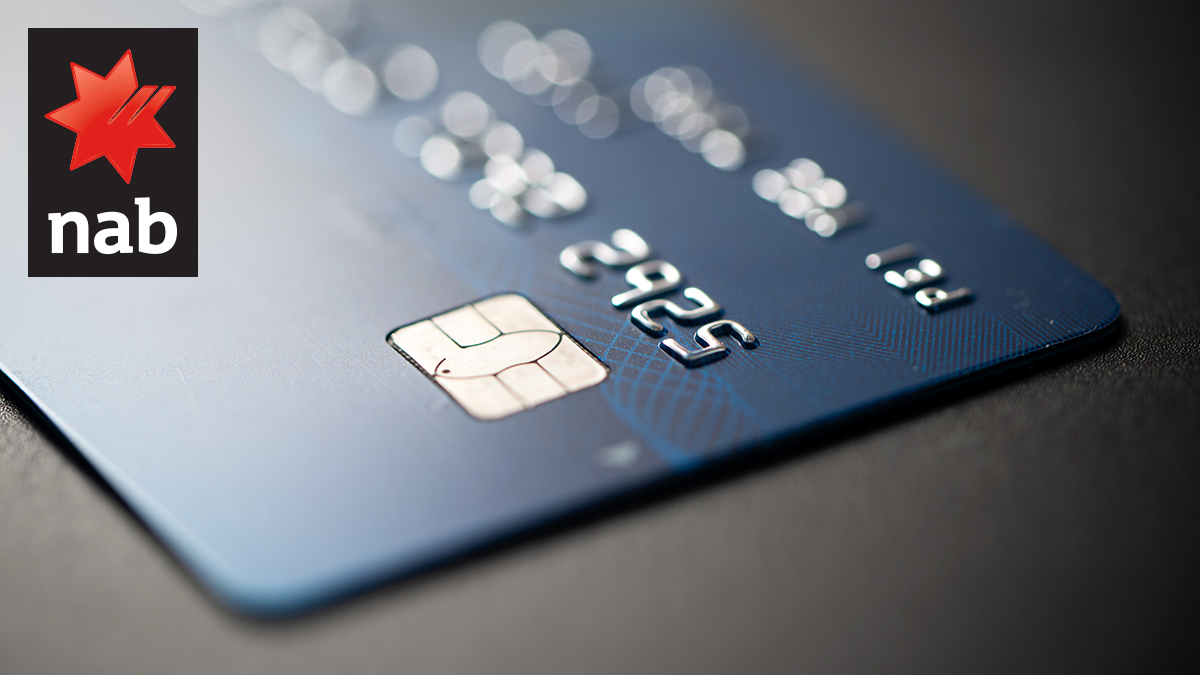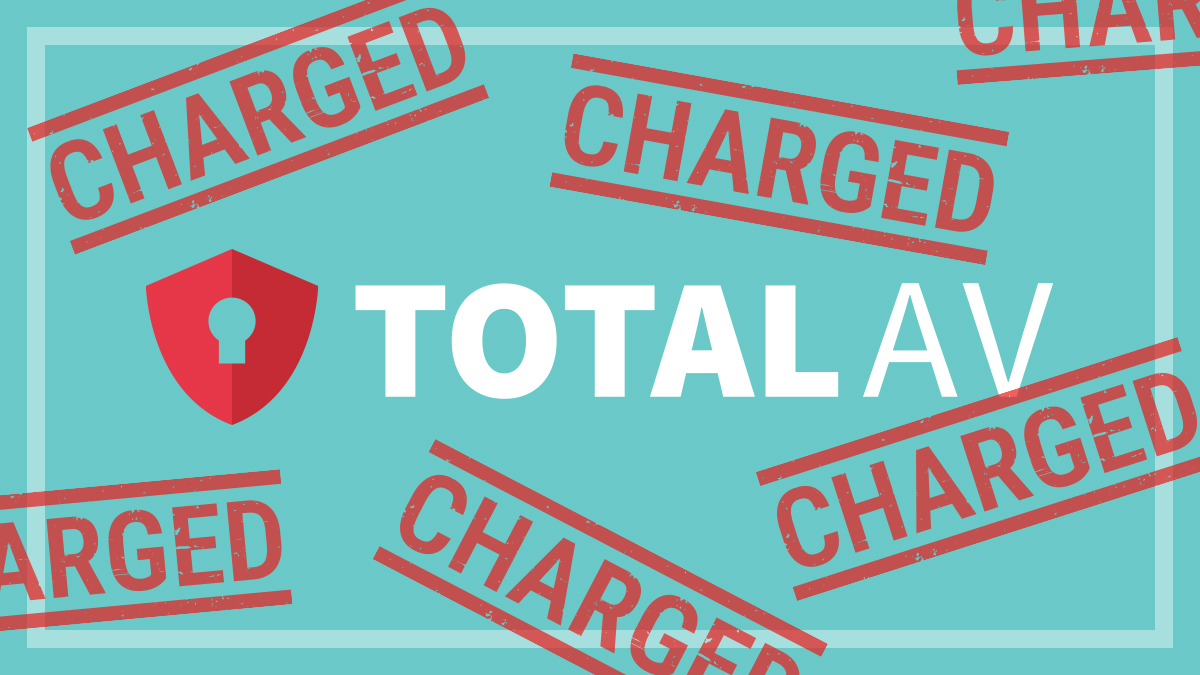Get our independent lab tests, expert reviews and honest advice.
More than one in 10 Australians using buy now, pay later, just to get by

Need to know
- More than one in 10 Australians have used a BNPL service in recent months to cover a cash shortfall until payday
- The findings fly in the face of of the BNPL sector’s claim that the platforms are for discretionary purchases
- The Consumer Action Law Centre says many people are using BNPL to make ends meet
Being able to lend people money without having to undertake the same affordability checks that banks are required to gives the new breed of buy now, pay later (BNPL) lenders a big advantage over old-school lenders.
Afterpay and Zip are two prominent BNPL players that come to mind, and these businesses are certainly also on the minds of the traditional banking sector, which remains bound by responsible lending laws.
The regulatory loophole allows BNPL newcomers to avoid complying with these consumer protections because they don’t charge interest, but they do hit you with fees if you don’t pay on time. (In 2019, market leader Afterpay collected $46.1 million in late fees, 18.7% of its income.)
The regulatory loophole allows BNPL providers to avoid complying with consumer protections
In recent months, both Commonwealth Bank and NAB launched their own no-interest credit cards and attempted to one-up the BNPL sector: these products don’t charge late fees, though they do charge monthly fees.
And like BNPL, the target audience is millennials. (Whether or not the traditional banks will be able to gain ground on the BNPL fintechs – financial technology apps – with their own products remains to be seen.)
Government gives BNPL the thumbs up
When the Senate Select Committee on Financial Technology and Regulatory Technology released its interim report in September, executives in BNPL boardrooms across the land might well have jumped for joy.
The report praises the sector’s innovative spirit above all and gives short shrift to the consumer harm that BNPL services have caused.
“Just putting a credit product on an app doesn’t make it innovative or good for people’s financial wellbeing,” Consumer Action’s director of policy and campaigns, Katherine Temple, said at the time.
The senate is looking into whether the BNPL sector should be regulated like the banks. Judging by the interim report, the consensus among the current crop of policymakers would appear to be no.
Regulation, it seems, stymies innovation. But the question remains: who’s really benefiting – the customers or the innovators?
Most innovation in the financial services sector to date has been focused on exploiting loopholes in existing laws or simply having a savvy marketing strategy that makes a product look new or different
Katherine Temple, Consumer Action Law Centre
The banking royal commission’s final report in 2019 cast doubts on the merits of self-regulation, citing the lack of compliance, monitoring, and regulatory self-enforcement.
The BNPL sector is in the process of developing its own code of conduct, but a draft code released in June has been criticised by ASIC for falling well short of providing the kinds of protections outlined in the National Consumer Credit Protection Act.
“Most innovation in the financial services sector to date has been focused on exploiting loopholes in existing laws or simply having a savvy marketing strategy that makes a product look new or different. Buy now, pay later is one example, but there are many others,” Temple said about the senate report, adding that “we want innovative companies in Australia that are willing to comply with consumer protection laws and enhance people’s financial wellbeing”.
One in 10 Australians using BNPL to just get by
Afterpay would have you believe its products are designed and used “to help Australians budget for life’s little extras”, not for making ends meet.
The service, the company says, “is geared around financially healthy customers with responsible spending patterns”.

A nationally representative survey by CHOICE conducted in September 2020 suggests otherwise.
It turns out that a little over one in 10 Australians (12% of respondents) have used a BNPL service in recent months to cover a cash shortfall until payday – more than the number of Australians who’ve used a credit card (9%) to bridge the gap.
And the survey results reveal a significant age and gender preference: twice as many females (16% overall) have used a BNPL app than males (8%); and one in five people aged between 18 and 34 have used a BNPL service, compared with less than one in 10 in that age range who’ve used a credit card.
In the midst of a global pandemic, we need safe lending, not industries relying on loopholes to escape legal obligations
Patrick Veyret, CHOICE banking policy adviser
We contacted Afterpay and asked whether it was aware that consumers are using its product to make ends meet, but we didn’t get a response.
“It is worrying that so many households across Australia are forced to turn to buy now, pay later providers to make ends meet,” says CHOICE banking policy adviser Patrick Veyret.
“It is also concerning that buy now, pay later providers, such as Latitude Financial, have announced plans to offer loans up to $30,000,” he says.
“These providers should not be allowed to continue operating outside the bounds of existing laws. In the midst of a global pandemic, we need safe lending, not industries relying on loopholes to escape legal obligations. It’s high time the loophole is closed.”

Worrying, but not surprising
When we contacted Consumer Action’s Katherine Temple for comment on our survey findings, she told us BNPL schemes were just one of the many credit products that are getting Australians in financial trouble these days, especially in the COVID-19 economy.
“These BNPL products do not exist in a vacuum,” Temple says. “Many people who are struggling will have a number of credit products like personal loans, credit cards and payday loans, with BNPL debts piled on top.
We have seen an explosion of new BNPL players… too many seem more interested in flashy ASX announcements than customer wellbeing
Katherine Temple
“In our casework we regularly hear from people who are struggling to make ends meet who are using BNPL products and from people in financial stress who have BNPL debts. We have been extremely concerned about the lack of safeguards in the BNPL sector for many years.
“We have seen an explosion of new BNPL players entering the market, and too many seem more interested in flashy ASX announcements than customer wellbeing.
“Unfortunately, these statistics are not surprising, but they are very worrying. These statistics should be a wake-up call for government and regulators, particularly as we try to recover from the COVID recession.”




